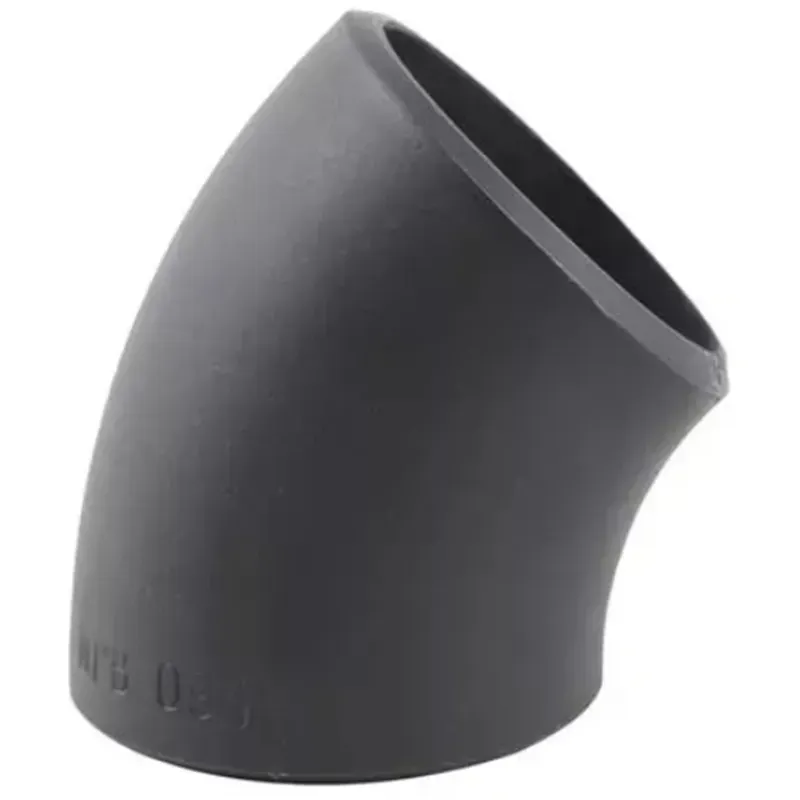-
Cangzhou Yulong Steel Co., Ltd.
-
Phone:
+86 13303177267 -
Email:
admin@ylsteelfittings.com
- English
- Arabic
- Italian
- Spanish
- Portuguese
- German
- kazakh
- Persian
- Greek
- French
- Russian
- Polish
- Thai
- Indonesian
- Vietnamese
- Zulu
- Korean
- Uzbek
- Hindi
- Serbian
- Malay
- Ukrainian
- Gujarati
- Haitian Creole
- hausa
- hawaiian
- Hebrew
- Miao
- Hungarian
- Icelandic
- igbo
- irish
- Japanese
- Javanese
- Kannada
- Khmer
- Rwandese
- Afrikaans
- Albanian
- Amharic
- Armenian
- Azerbaijani
- Basque
- Belarusian
- Bengali
- Bosnian
- Bulgarian
- Catalan
- Cebuano
- China
- China (Taiwan)
- Corsican
- Croatian
- Czech
- Danish
- Esperanto
- Estonian
- Finnish
- Frisian
- Galician
- Georgian
- Kurdish
- Kyrgyz
- Lao
- Latin
- Latvian
- Lithuanian
- Luxembourgish
- Macedonian
- Malgashi
- Malayalam
- Maltese
- Maori
- Marathi
- Mongolian
- Myanmar
- Nepali
- Norwegian
- Norwegian
- Occitan
- Pashto
- Dutch
- Punjabi
- Romanian
- Samoan
- Scottish Gaelic
- Sesotho
- Shona
- Sindhi
- Sinhala
- Slovak
- Slovenian
- Somali
- Sundanese
- Swahili
- Swedish
- Tagalog
- Tajik
- Tamil
- Tatar
- Telugu
- Turkish
- Turkmen
- Urdu
- Uighur
- Welsh
- Bantu
- Yiddish
- Yoruba

Dec . 18, 2024 15:57 Back to list
pressure pipe welding
The Importance of Pressure Pipe Welding
Pressure pipe welding is a critical process in various industries, including oil and gas, water treatment, and chemical engineering. This specialized form of welding is crucial for ensuring the integrity and safety of pipelines that transport fluids under pressure. The ability to weld pipes that will handle high-pressure environments is essential not only for operational efficiency but also for environmental protection and public safety.
Understanding Pressure Pipe Welding
Pressure pipe welding involves the joining of various types of pipes, often made from materials like carbon steel, alloy steel, stainless steel, or plastic composites. These pipes are used in applications where fluids are contained at high pressures, which could range from several hundred to several thousand psi (pounds per square inch). The welding process can vary depending on the materials, pressures, and the specific application, but typically involves methods like TIG (Tungsten Inert Gas), MIG (Metal Inert Gas), and arc welding.
Challenges in Pressure Pipe Welding
The process of pressure pipe welding is not without its challenges. One of the primary concerns is the potential for defects that can lead to leaks or failures. Common defects include cracks, porosity, incomplete fusion, and insufficient penetration. These failures can have severe consequences, including catastrophic ruptures, environmental contamination, and significant economic losses. Therefore, consistent quality control and rigorous inspection standards are vital.
Moreover, the design and engineering considerations for pressure pipes require a thorough understanding of the forces and stresses they will encounter. The materials used for these pipes must be able to withstand not only the pressure of the contents but also temperature changes, corrosion from the transported fluids, and external environmental factors like soil composition and weather conditions.
Quality Control and Testing
To ensure the reliability of pressure pipe welds, a comprehensive quality control program must be established. This typically involves testing the joints through non-destructive methods such as ultrasonic testing, radiography, and dye penetrant tests to detect any underlying issues without compromising the integrity of the welds.
pressure pipe welding

Beyond initial testing, regular maintenance checks are necessary to monitor the condition of pressure pipelines throughout their lifespan. These checks can help identify potential wear and stress points, allowing for timely repairs that can prevent catastrophic failures.
The Role of Certification and Standards
Adhering to standards set by organizations such as the American Society of Mechanical Engineers (ASME) and the American Welding Society (AWS) is crucial in pressure pipe welding. These standards provide guidelines for materials, welding techniques, inspection methods, and safety precautions. Having qualified personnel certified in these standards is essential for maintaining high-quality welding practices and ensuring the safety of all operations involving pressure pipes.
Future Trends in Pressure Pipe Welding
As technology advances, the field of pressure pipe welding is also evolving. Innovations such as automated welding systems and advanced robotic techniques are being integrated to enhance precision and efficiency. Furthermore, the development of new materials with improved corrosion resistance and strength can lead to longer-lasting pipelines.
Sustainability is also becoming a focal point in the industry. The push for environmentally friendly practices is leading to new welding techniques that minimize waste and energy consumption. These innovations not only support the industry’s bottom line but also align with global initiatives for sustainable development.
Conclusion
In conclusion, pressure pipe welding is an essential process that warrants significant attention and expertise. With the critical nature of pipelines in various industries, ensuring the integrity and safety of welded joints is paramount. As technology continues to advance, the methods and materials used in pressure pipe welding will undoubtedly evolve, leading to safer and more efficient pipeline systems in the future. The commitment to quality, adherence to standards, and an ongoing emphasis on innovation will shape the future of this vital industry.
Latest news
-
ANSI 150P SS304 SO FLANGE
NewsFeb.14,2025
-
ASTM A333GR6 STEEL PIPE
NewsJan.20,2025
-
ANSI B16.5 WELDING NECK FLANGE
NewsJan.15,2026
-
ANSI B16.5 SLIP-ON FLANGE
NewsApr.19,2024
-
SABS 1123 FLANGE
NewsJan.15,2025
-
DIN86044 PLATE FLANGE
NewsApr.19,2024
-
DIN2527 BLIND FLANGE
NewsApr.12,2024
-
JIS B2311 Butt-Welding Fittings LR/SR 45°/90° /180°Seamless/Weld
NewsApr.23,2024











